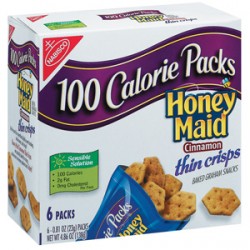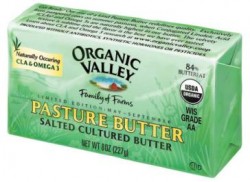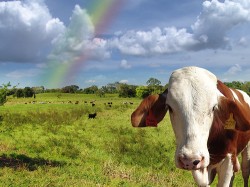Fat And Where It’s At…
April 21, 2011 by danny · Leave a Comment
Our society went low-fat in the 80’s and diabetes became a disease that swept the nation. Low-fat this, non-fat that, more carbs here, more carbs there. That is one way to sum up the diabetes problem (along with other health related diseases). But of course, there is more to the story than: decreasing fat and increasing carbs = diabetes. Don’t get me wrong, I am NOT anti-carb at all! Like America always seems to do, we took this to an extreme (eat as low fat as possible and the majority of calories we consume should come from carbs). While this is old news and most people in the nutrition/fitness/health game now realize that we should include more healthy fats and less processed carbs, I don’t think the message has completely gotten out to the masses.
More times than not, when I have a new client come into see me to talk nutrition for the 1st time, I get the inevitable: “when shopping I make sure to get fat-free or reduced fat products as much as possible.” Fat has many benefits. Yes, fat has more calories per gram (9 cals) than protein and carbohydrates (4 calories), so we need to keep that in mind when consuming fat. But it’s not ALL about total calories (although still important). The quality of calories consumed is a huge piece of the puzzle.
Below, I’m going to look around my house and let you know what healthy fats are currently in my place.
-Nuts: Almonds, Pecans, Walnuts
-Fish Oil Capsules – I recommend getting about 2 grams of combined DHA/EPA per day
-Butters: Natural Peanut Butter, Almond Butter, Cashew Butter, Butter (Organic Valley Pasture Butter)
-Organic Extra Virgin Coconut Oil (We cook with this a lot!)
-A package of ground flax seeds
-Extra Virgin Olive Oil
-The fat that comes from the food in my fridge… grass-fed beef and organic free-range eggs. I no longer eat just the egg white and suggest to all my clients that they eat the whole yolk as long as it comes from a quality source (free-range).
Now, there are definitely other healthy fats in this world, but the above list is what is currently en mi casa (is that proper Spanish? I don’t know, it’s been awhile for me ![]() ).
).
Below, I’m going to copy and paste a portion of what nutrition expert Brian St. Pierre had to say about full fat dairy in his nutrition contribution to Eric Cressey’s excellent product, Show And Go. As you will see, if the fat comes from a quality source, there are many benefits that you’ll be missing out on, if you go fat-free or reduced-fat.













